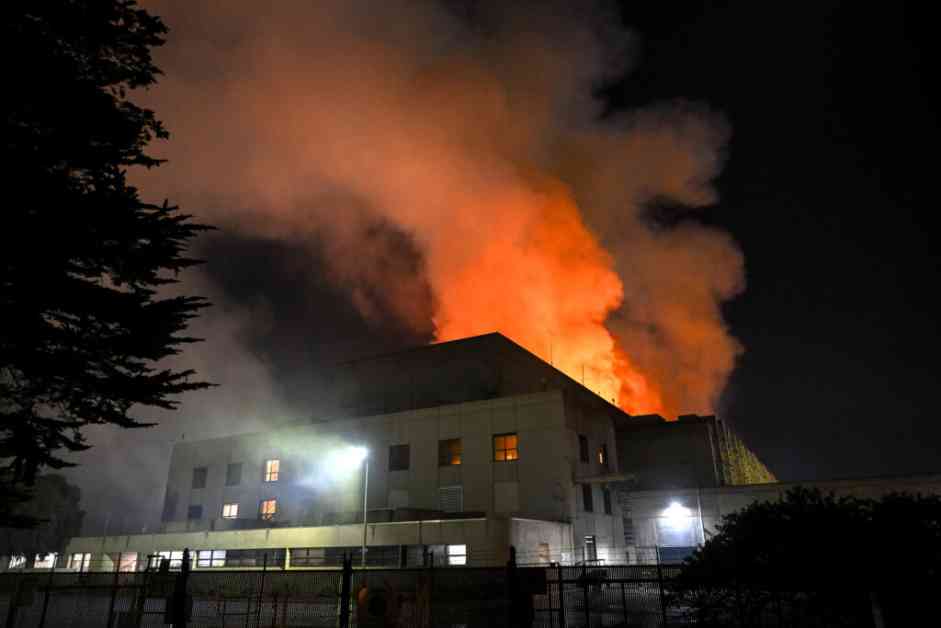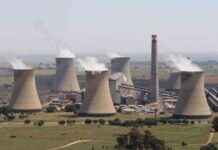Massive Fire at Moss Landing Energy Storage Facility Rattles Energy Transition Plans
A massive fire at the Moss Landing Energy Storage Facility in California has sparked concerns about the safety and viability of battery energy storage systems, a crucial component of the transition to clean energy. The fire, which broke out last Thursday, led to the evacuation of nearby homes and the closure of roads in the area. The facility, one of the largest battery energy storage systems in the world, plays a vital role in supporting renewable energy sources like solar and wind power by providing electricity during times when these resources are not available.
Impact on Energy Transition
The fire at Moss Landing has raised questions about the safety of lithium-ion batteries, the most common technology used in energy storage systems. The incident is the latest in a series of fires at the site in recent years, highlighting the potential risks associated with battery storage facilities. The event has drawn comparisons to the Three Mile Island nuclear incident, with concerns that it could hinder the development of battery storage projects across the country.
Expert Insights
Matthew Paiss, a technical advisor at the Pacific Northwest National Laboratory, shed light on the risks associated with lithium-ion batteries and the importance of system design in preventing thermal runaway. Paiss, who has a background in firefighting, emphasized the need for safety measures to reduce the chances of fires in indoor battery installations. He also highlighted the importance of battery chemistry, with lower energy density batteries like lithium iron phosphate offering improved safety compared to nickel manganese cobalt batteries.
Challenges and Solutions
The incident at Moss Landing has prompted discussions on safety codes and regulations for battery storage facilities. Experts like Paiss advocate for greater separation within indoor installations to mitigate fire risks and ensure operational continuity in the event of a fire. The choice of battery chemistry, such as lithium iron phosphate over nickel manganese cobalt, can also play a significant role in enhancing safety and reducing the severity of potential fires.
Future Considerations and Public Discourse
As the energy transition continues, the lessons learned from the Moss Landing fire will likely inform future projects and safety protocols for battery storage systems. Public discussions and regulatory decisions will be crucial in balancing the need for energy storage with safety concerns. The incident serves as a reminder of the challenges and complexities involved in transitioning to a cleaner and more sustainable energy future.














